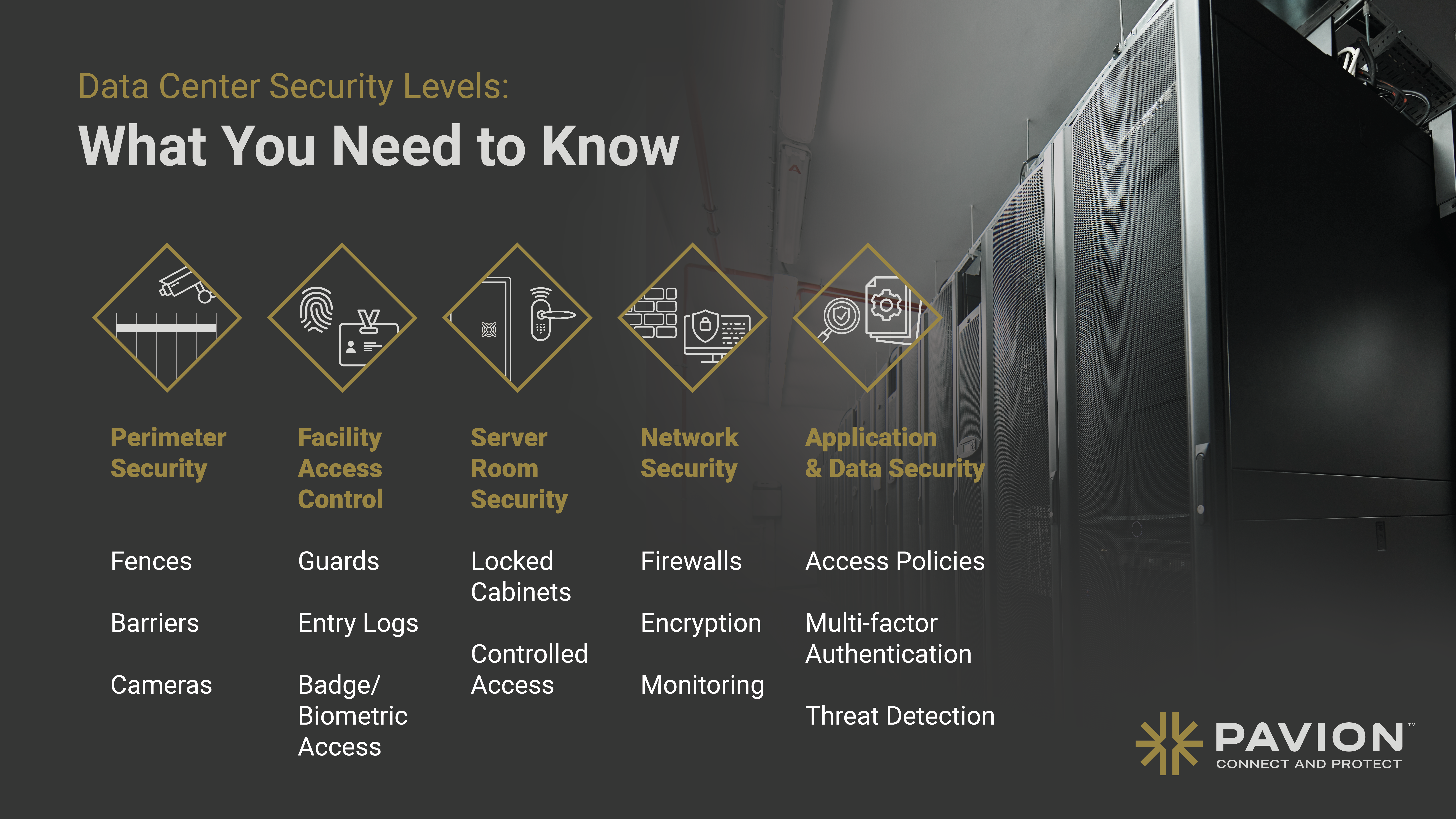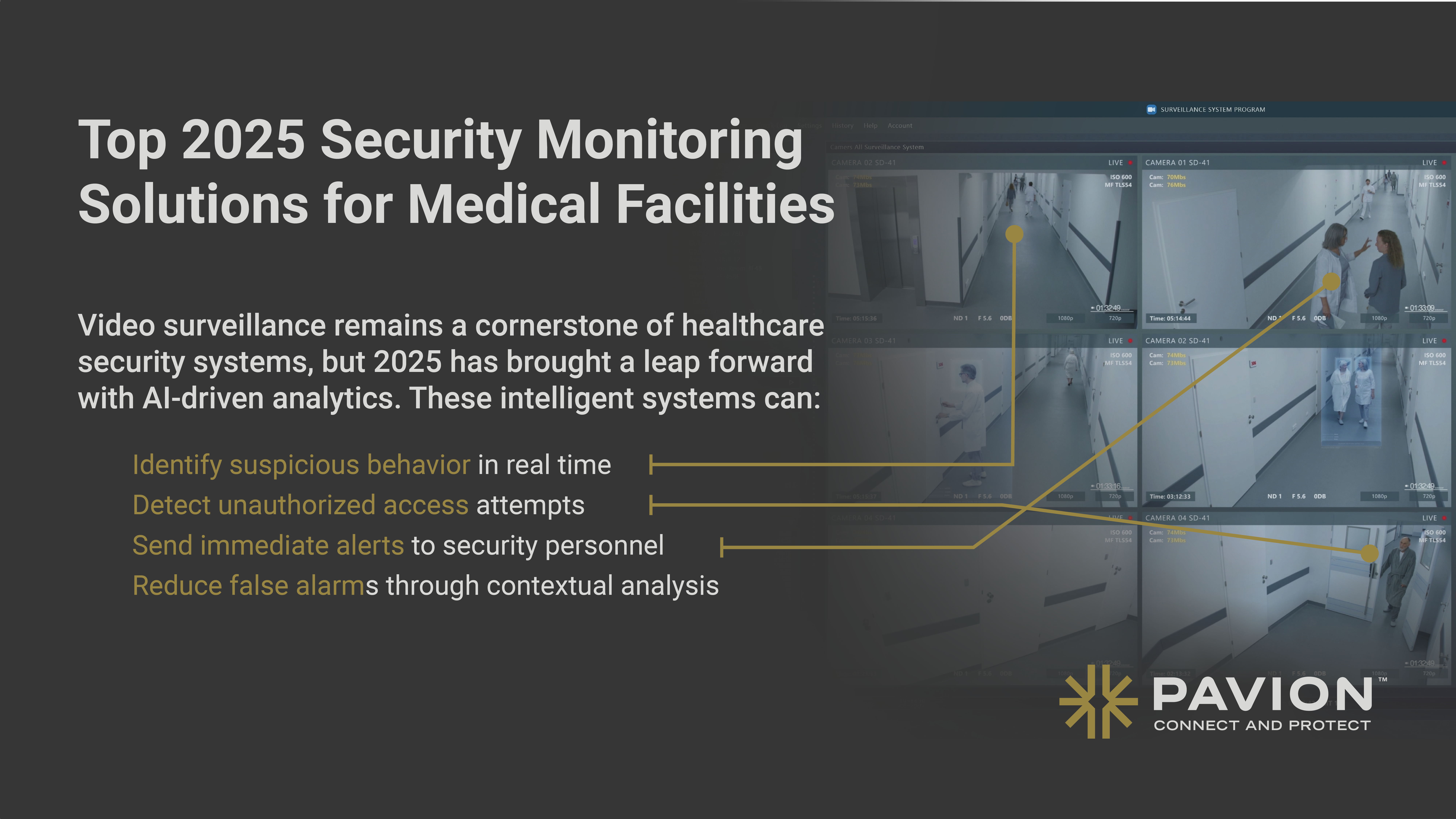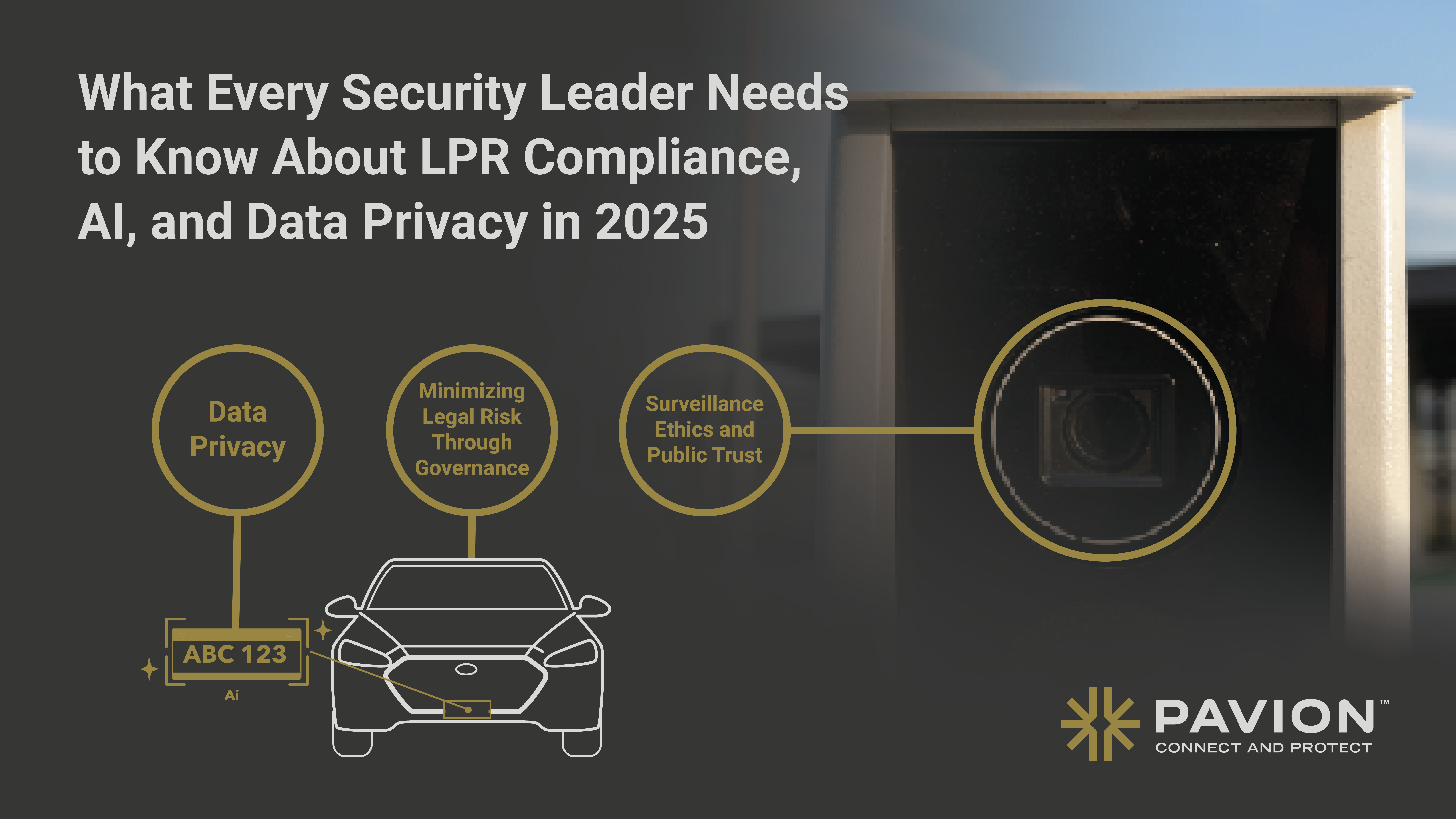
Enhancing Coverage with Bi-Directional Amplifiers: Best Practices
The world of wireless communication is constantly evolving, with a growing need for reliable and robust signal strength. Bi-directional amplifiers (BDAs) have emerged as a pivotal solution, enhancing coverage in various environments. As a leading authority in this field, Pavion specializes in providing comprehensive solutions for signal enhancement, including the use of BDAs.
Understanding Bi-Directional Amplifiers
BDAs are devices designed to boost wireless signal strength in both directions, hence the term ‘bi-directional’. They are particularly useful in large buildings or areas where signal strength may be weak or inconsistent. BDAs work by receiving a signal, amplifying it, and then retransmitting it in an enhanced form. This process occurs in both directions, ensuring robust and reliable communication.

BDAs are often used in conjunction with Distributed Antenna Systems (DAS) to provide comprehensive coverage. They are essential in environments where critical communication is paramount, such as emergency services, healthcare facilities, and large commercial buildings.
Best Practices for BDA Implementation
Site Assessment
Before implementing a BDA, a thorough site assessment is necessary. This involves identifying areas of weak signal strength, understanding the building’s layout, and assessing the existing communication infrastructure. The goal is to determine the optimal locations for BDA installation to maximize coverage.
Site assessments should also consider the building’s construction materials, as some materials can significantly impact signal strength. For example, concrete and metal can obstruct signals, while glass and wood are less obstructive.
Choosing the Right BDA
Not all BDAs are created equal. It’s crucial to choose a BDA that meets the specific needs of your environment. Factors to consider include the frequency bands the BDA supports, its power output, and its compatibility with your existing communication infrastructure.
Additionally, consider the BDA’s quality and reliability. A high-quality BDA will provide consistent performance and require less maintenance, reducing long-term costs.
Professional Installation
Proper installation is critical to the performance of a BDA. This process should be carried out by a professional who understands the intricacies of BDA installation and can ensure optimal performance. Incorrect installation can lead to poor signal strength and even system failure.
During installation, the BDA should be positioned to maximize coverage and minimize interference. This often involves installing the BDA in a central location and strategically positioning antennas throughout the building.
Integrating BDAs with Other Systems
Integration with Fire Control Panels
BDAs can be integrated with fire control panels like the EST3 and EST4 from Edwards. These panels unify fire alarm, smoke control, security, and mass notification systems, providing a comprehensive solution for building safety. By integrating a BDA with these panels, you can ensure robust and reliable communication, even in emergency situations.
Integration involves connecting the BDA to the fire control panel, allowing the panel to monitor the BDA’s status and alert personnel if there’s a problem. This can help prevent communication failures and ensure timely response in emergencies.
Integration with Distributed Antenna Systems
As mentioned earlier, BDAs often work in conjunction with Distributed Antenna Systems (DAS). DAS is a network of antennas designed to boost signal strength throughout a building. By integrating a BDA with a DAS, you can provide comprehensive coverage, ensuring reliable communication in all areas of the building.
Integration involves connecting the BDA to the DAS, allowing the BDA to boost the signal strength from the DAS. This can help overcome signal obstructions and provide consistent coverage throughout the building.
Ensuring Compliance with Regulations
When implementing a BDA, it’s crucial to ensure compliance with all relevant regulations. These may include regulations related to signal strength, frequency use, and emergency communication. Non-compliance can result in fines and penalties, and can also compromise the effectiveness of your communication system.
Working with a knowledgeable provider like Pavion can help ensure compliance. We understand the regulatory landscape and can guide you through the process, ensuring your BDA system meets all necessary requirements.
Conclusion
Bi-directional amplifiers are a powerful tool for enhancing wireless communication coverage. By following best practices for implementation and integration, you can maximize their benefits and ensure reliable, robust communication in any environment.
As experts in this field, Pavion is committed to providing comprehensive, compliant, and effective BDA solutions. We understand the intricacies of BDA implementation and can guide you through the process, ensuring optimal performance and compliance with all regulations.
Ready to Boost Your Signal Strength?
At Pavion, we’re dedicated to connecting and protecting with our state-of-the-art fire, security, and integration solutions. If you’re looking to enhance your wireless communication coverage with the expertise that spans across enterprise, healthcare, education, and more, we’re here to help. Get a Free System Assessment today and take the first step towards crystal-clear communication and uncompromised safety.


